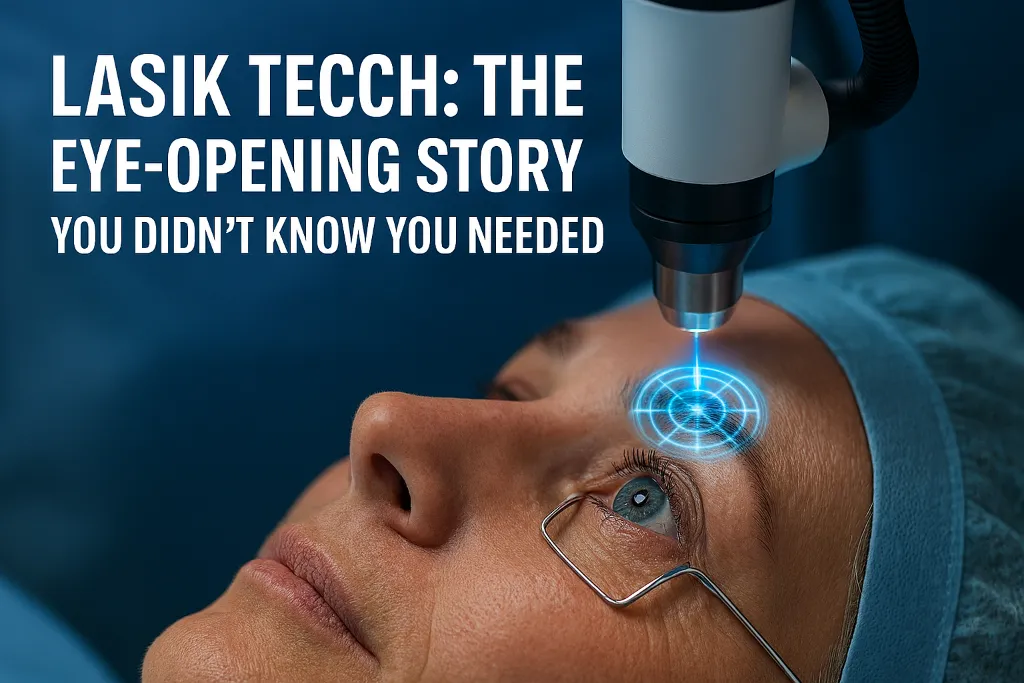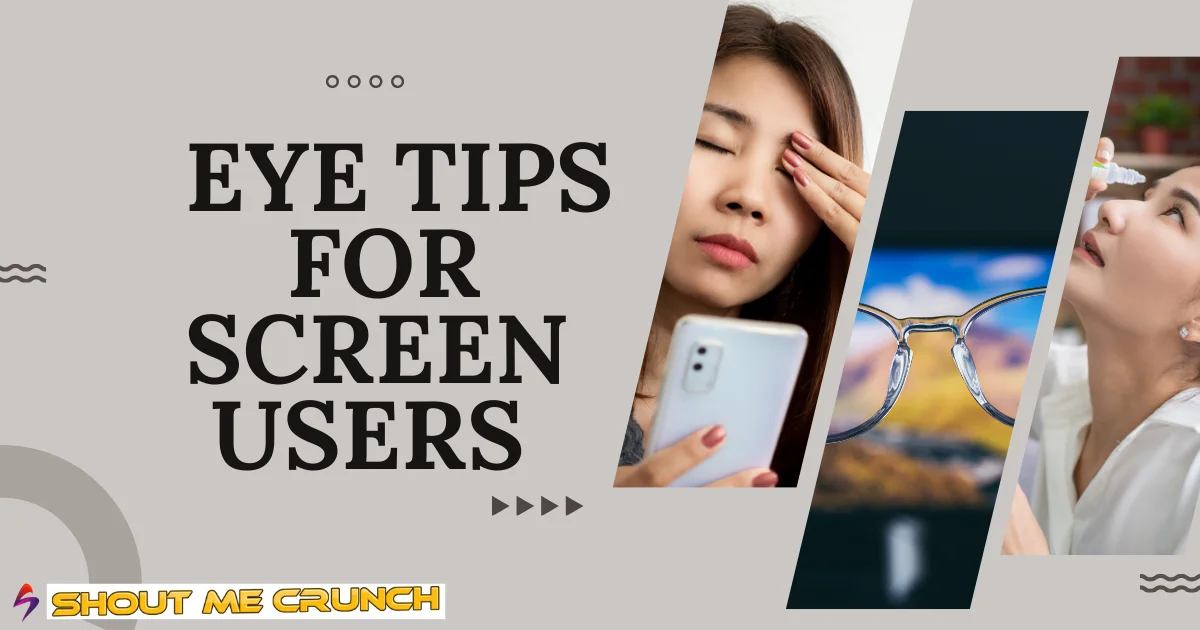Ever tried poking your eyeball with a laser? Hopefully not—but if you’ve had LASIK (or even considered it), that’s sort of what happened… in the most delicate, high-tech, awe-inspiring way possible.
LASIK, the superhero of vision correction, has evolved from “blade and pray” to “scan, map, zap, and chill.” And today, I’m diving deep—through corneal flaps and AI-assisted laser beams—to show you what’s really going on behind the scenes.
Contents
Microkeratome Mayhem (and Its Better Replacement)
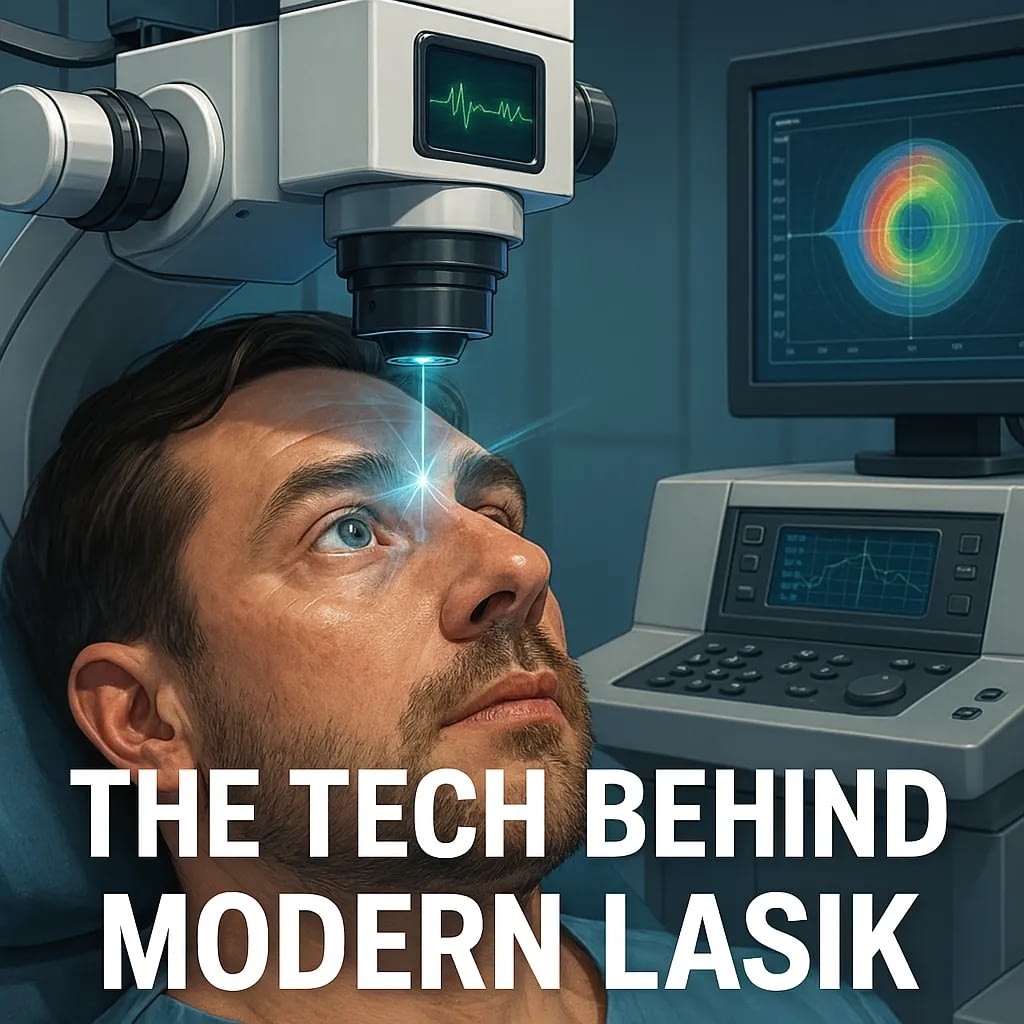
Once upon a time, When LASIK was first introduced, your cornea met a blade. Not a samurai sword—just a tiny, buzzing tool called a microkeratome. It sliced a flap, the surgeon fired the laser, and voilà: your glasses were obsolete.
But precision was limited. Think buttering toast with a chainsaw.
Then came the femtosecond laser—the upgrade that made surgeons cheer. Here’s the contrast:
| Technique | Microkeratome Blade | Femtosecond Laser |
|---|---|---|
| Precision | Moderate | Microscopic |
| Risk of Complication | Higher | Much lower |
| Healing Time | Variable | Faster |
| Comfort | Meh | Smooth sailing |
Lasers > Blades. Every time.
Wanna Read 7 Clear Signs You Might Be Ready for Cosmetic Surgery?
Chapter Two: Why Your Eyeballs Deserve Custom-Made Lasers
Standard LASIK used to treat your vision like cookie dough—roll it out, smooth it over, done. But your eyes are more like snowflakes. No two are alike, and imperfections hide in places regular glasses can’t reach.
Enter wavefront mapping. Imagine a 3D topographic map of your retina’s soul—detecting higher-order aberrations, the small villains responsible for night glare, halo, and blurry stargazing.
What Makes Wavefront-Guided LASIK Better?
- It scans and analyzes thousands of data points on your eye’s surface.
- Treatment is ultra-personalized, minimizing side effects.
- Results often beat glasses or contacts in sharpness.
Eye Tracking That’s Faster Than Your Thoughts
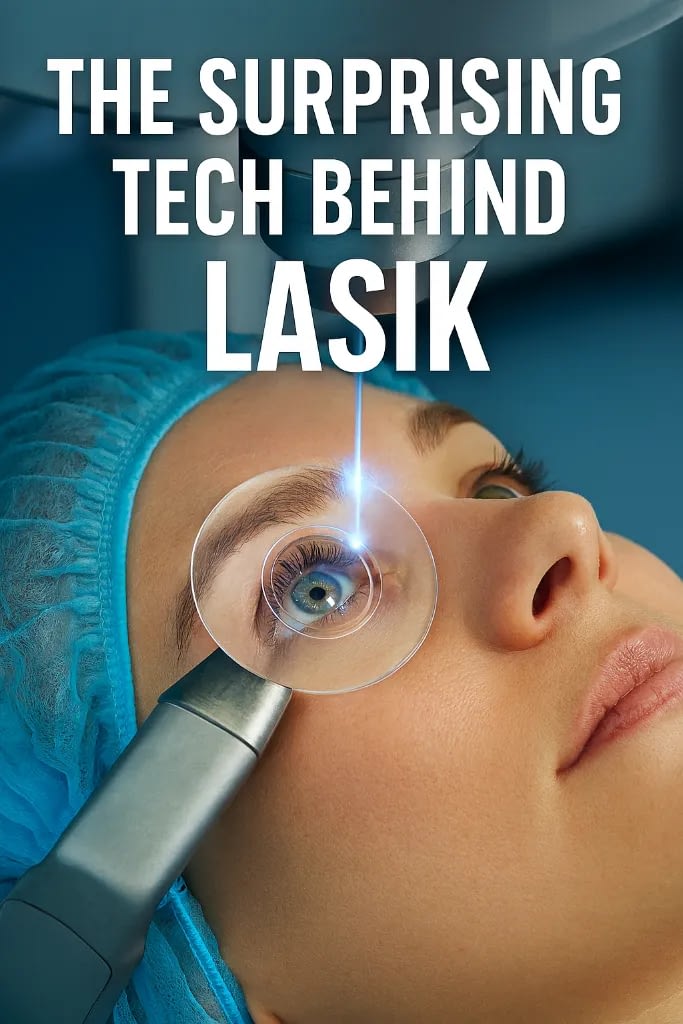
Eyes move. Even when you tell them not to. During surgery, they twitch, roll, and explore like disobedient toddlers. Modern lasers work more quickly, reducing procedure time to just minutes per eye.
Thankfully, LASIK tech now includes multi-dimensional eye tracking:
- Tracks movements in milliseconds.
- Adjusts laser position in real time.
- Accounts for rotational shifts most humans didn’t even know they could make.
You lie down, stare at a light, and the system basically says, “Don’t worry, I’ve got this.”
AI Is Watching Your Eyes (In a Totally Helpful Way)
Think your ophthalmologist is smart? They are. But they now have a sidekick—AI.
Modern LASIK platforms use AI to:
- Predict healing patterns.
- Suggest custom laser patterns based on corneal thickness, shape, and pupil size.
- Compare your scan with millions of others to anticipate the best outcome.
It’s kind of like having Sherlock Holmes analyze your eyeball and hand over the perfect laser recipe.
Do you know Everything You Wanted to Know About Plastic Surgery in Korea for Foreigners?
Quick Reality Check: LASIK Isn’t Magic
Before you run to book an appointment, let’s bust some myths and look at real trade-offs.
Common Misunderstandings vs. Reality
| Belief | Reality |
|---|---|
| LASIK is painful | Nope—more like weird pressure for seconds |
| It works for everyone | Not if you have thin corneas or dry eyes |
| Vision stays perfect forever | Most do—but aging eyes still age |
| It’s dangerous | Very rare complications (<1%) |
Potential Drawbacks
- Dry eyes post-op (usually temporary)
- Undercorrection/overcorrection in rare cases
- Halos/night glare for some, especially without wavefront mapping
- Need for touch-up procedures years later
Graph Time: LASIK Outcomes Over Time
Percentage of Patients Achieving 20/20 Vision or Better
100% ───────────────────────────────
90% ──────────────███████████████
80% ──────────────
70% ──────────────
Initial 1 Year 10 Years
Result Later Later
Most wavefront-guided LASIK patients maintain 20/20 vision even after a decade.
The Surgical Environment: Don’t Overlook the Room
The technology used during LASIK is only part of the equation. You’re not just trusting the laser—you’re trusting the setup. Top clinics have:
- Sterile airflow systems
- Temperature-controlled environments
- Real-time diagnostic imaging
- Surgeons trained on latest tech protocols
If the clinic still uses an overhead fan and a folding table… run.
Any toothache? Read this Precision and Skill: The Art of Dental Surgery.
So, Should You Trust LASIK?
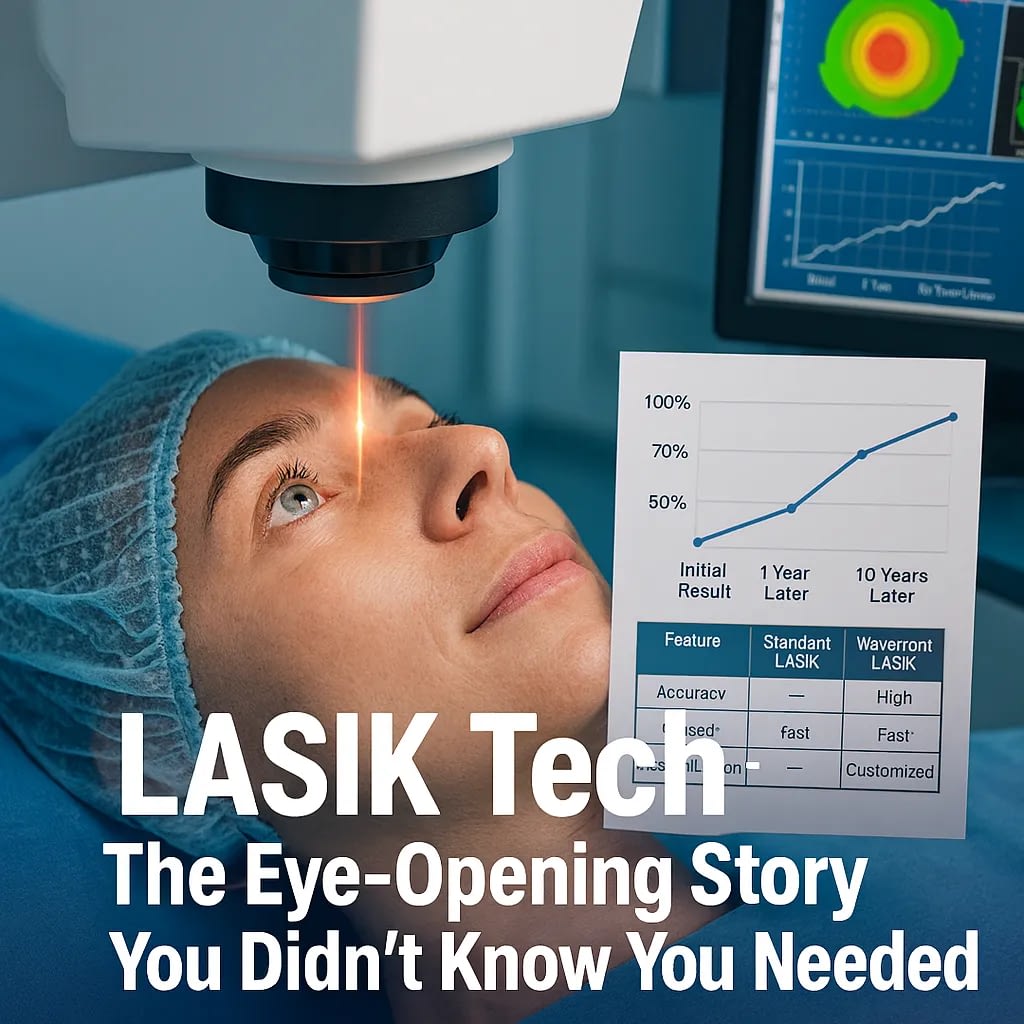
Clinics that stay ahead with the latest innovations, such as those offering LASIK in Nashville, TN, combine cutting-edge equipment with skilled professionals to ensure the highest standard of care.
I’ll play both sides:
Reasons to Say “Yes”:
- Immediate results (often within hours)
- High success rate with minimal complications
- Long-term cost savings vs. contacts/glasses
- Confidence boost you didn’t know you needed
Reasons to Pause:
- Not suitable for every eye shape or condition
- Potential mild side effects
- Upfront cost (not always covered by insurance)
- Psychological hesitation around eye surgery (valid!)
Do you want to check What To Expect From Eyelid Surgery?
Final Words from Your Blogger-In-Chief
As someone who’s written content for medtech, SEO, and lifestyle audiences alike—I’ll say this: LASIK’s story is one of brilliant engineering meeting human comfort. The tech stack is dazzling. The results? Often life-changing.
But like with any upgrade, it’s worth doing your homework. Don’t fall for generic clinics. Ask questions. Compare machines. Probe their experience. If you live in Nashville or anywhere near a top-rated clinic—book a consult and don’t settle for the 2008 model of LASIK.
If you’d like this rewritten into a social post, interactive PDF, or converted into a branded content asset with visual prompt guidance, I’ve got you covered.
#LASIKTech #VisionInnovation #AIinSurgery #ModernEyeCare #FemtosecondLaser
